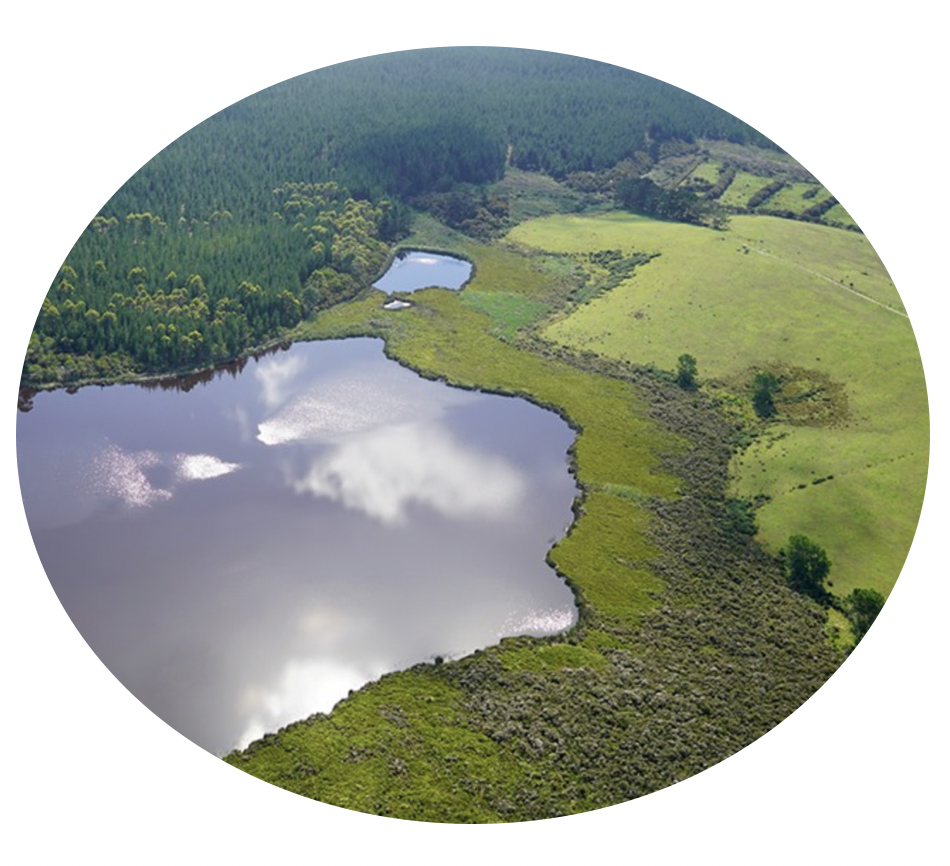
Threatened plants, wildlife and ecosystems.
Ecosystems
Wetlands
The coastline from Mangawhai to Pākiri was once backed by vast wetlands. These would have supported abundant wildlife, and provided food and resources for local Māori.
Small but valuable fragments of these once vast wetlands remain; around Black swamp, The Te Ārai - Tomarata lakes, Te Ārai and Potawa streams, and the Pākiri river mouth.
These wetlands are home to wildlife like bittern, banded rail, fern bird, mudfish and kākahi.
Coast and Dunes
The beach and dunes of the Mangawhai-Pākiri sand system are identified as a Significant Ecological Area, and include the best example of pingao-spinifex sandfield on mobile sands within the District. Of critical importance is the 245ha Mangawhai Wildlife Refuge, identified by DOC as a priority ecosystem of national importance.
The dune system supports an impressive variety of threatened wildlife and plants including, dotterel, oyster catcher, shore skink, katipo spider, sand coprosma and sand tussock. This is also the most significant breeding ground for the Critically Endangered NZ Fairy tern, NZ’s most endangered bird.
Forests & coastal scrub
There are numerous patches of stunning native forest and scrublands, many of which are significant ecological areas on private land. Resident threatened species include Elegant gecko (Auckland green gecko) and Rawiri (sand kānuka). These habitats are also visited by birds like Kākā and Kākāriki from our offshore islands.




